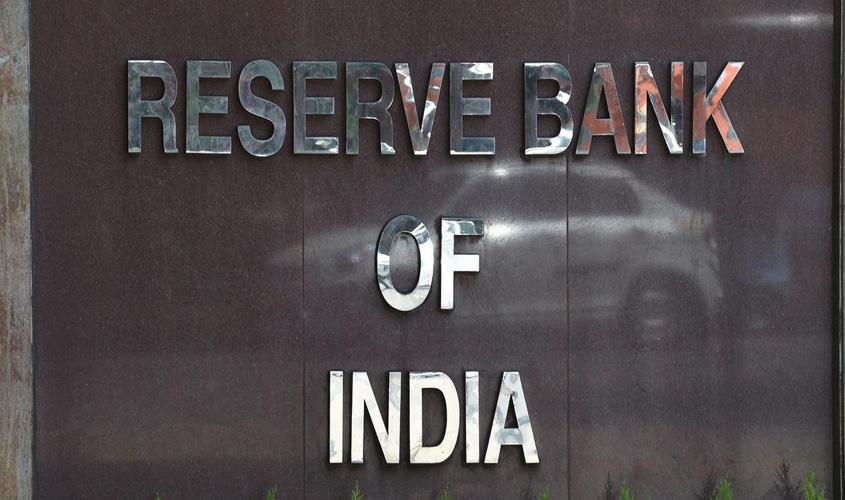The slump in demand in the realty sector is likely to further increase non-performing assets of NBFCs, according to the report.
In the last five years, non-banking financial companies (NBFCs) have witnessed a sharp 5% increase in their non-performing assets (NPAs) and the “static mood” of the realty sector is likely to further increase NPAs of the NBFCs, a Reserve Bank of India (RBI) study report on NBFCs has said.
A NBFC is a company incorporated under the Companies Act 2013 or 1956 and engaged in the business of loans and advances, acquisition of stocks, equities, debt etc, issued by the government or any local authority. The main objective of NBFCs is to accept deposits. At present, 11,522 NBFCs, governed by the Ministry of Corporate Affairs (MCA) as well as the Reserve Bank of India (RBI), are operating in the country.
According to the RBI study on NBFCs, the bad loans of NBFCs work out to be around Rs 74,230 crore. However, the same RBI study attributes the change in NPA recognition norms as a reason for growing NPAs of NBFCs.
“The NPA recognition norms are partly responsible for the increase in bad loans of NBFCs,” the same RBI study on NBFCs said.
The NPA recognition norms were changed until 2016-17 fiscal. Only accounts overdue by over 180 days were classified as bad loans at NBFCs. However, after the change in the
NPA norms, the total number of days for recognition of NPAs has been brought down to 120 days.
Amit Singh, a Delhi-based chartered accountant who provides services to various NBFCs, told The Sunday Guardian: “The NPA norms say that NBFCs will have to classify an asset as NPA if it stays overdue for 120 days. By financial year 2017-18, NBFCs will have to further shift to a 90-day NPA recognition norm, which will bring them at par with the banks. It will also provide better regulation.”
Besides the RBI, even rating agencies like Crisil have forecast that overall NPAs are likely to increase in the coming years. Fearing the increase in NPAs, NBFCs have focused on recovery from the real estate sector, their biggest borrower sector.
NBFCs have an exposure of a massive Rs 2.2 trillion of the Rs 4 trillion developer loans market, while the exposure of commercial banks is much lower at Rs 1.8 trillion only, according to a recent report.
NBFCs fear that the slump in demand in the real estate sector will further increase NPAs, as the market is sitting on nearly 5,00,000 unsold units and the chances of more and more developers turning dud is higher in the near future.
It can be noted that the realty sector has witnessed several reforms in the recent past, beginning with the note ban in November 2016, followed by the introduction of the Real Estate (Regulation and Development) Act, 2016 and the goods and services tax.

